Designer
Been spending a lot of time on here!
- Joined
- Apr 13, 2012
- Messages
- 18,505
- Reaction score
- 4,853
- Location
- Iowa
- Can others edit my Photos
- Photos OK to edit
As usual, I've done the hard part for you, so if you follow this link:
How to take reflection free non-blurry picture of laminated paper (with Nikon D7000)
You will find a discussion thread of a very similar project that you are doing. They even show you a schematic of how to set up the lights. And, in case you missed it, they have diffusers in front of them.
You're welcome.
How to take reflection free non-blurry picture of laminated paper (with Nikon D7000)
You will find a discussion thread of a very similar project that you are doing. They even show you a schematic of how to set up the lights. And, in case you missed it, they have diffusers in front of them.
You're welcome.



![[No title]](/data/xfmg/thumbnail/40/40309-c759bfd4ae7c079632e7402d21d332f1.jpg?1619739414)
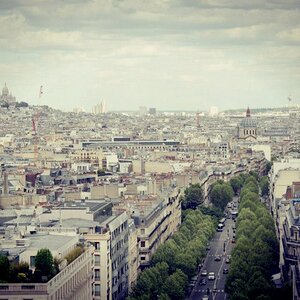
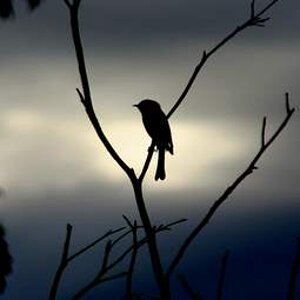
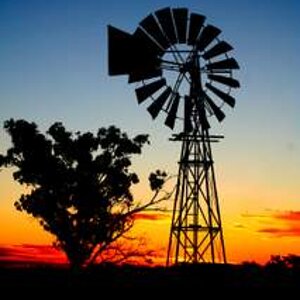
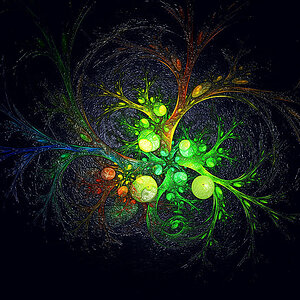
![[No title]](/data/xfmg/thumbnail/37/37099-7f42b61932abea7ffe1be7746e7bd261.jpg?1619737881)
![[No title]](/data/xfmg/thumbnail/42/42280-60cc6d4893a2f440eac7dd2248e733a9.jpg?1619740088)
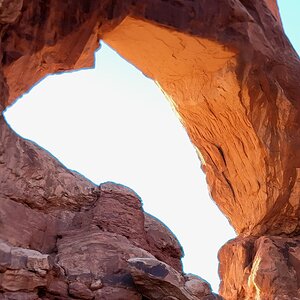
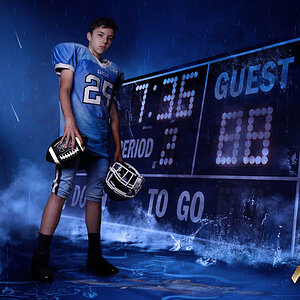
![[No title]](/data/xfmg/thumbnail/42/42278-22ed940cbdc5888a28d9be36006594dc.jpg?1619740086)
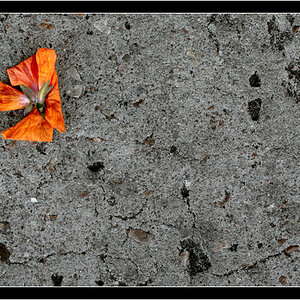
![[No title]](/data/xfmg/thumbnail/37/37098-71ca7ea318288ab459358b6e9c9a7a8d.jpg?1619737881)